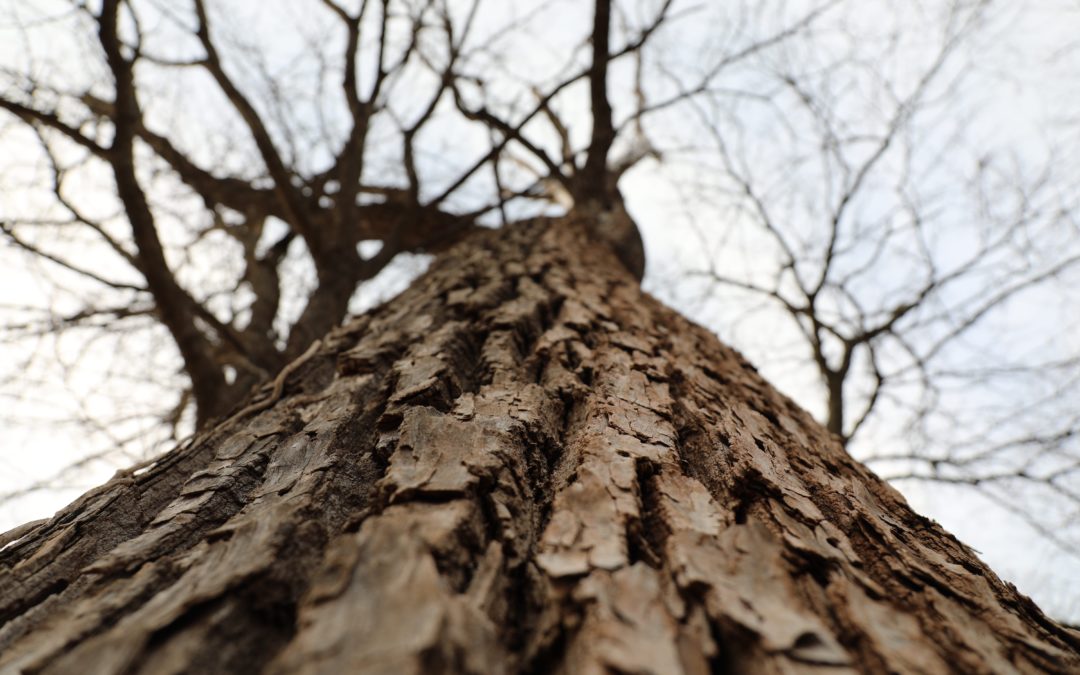Rot is not something most of us associate with sought-after wine. But some of the world’s most desired wines are the result of rot. This rot is botrytis or “noble rot.” It’s a fungus that causes grapes to decay and shrivel.
Noble rot is a type of Ascomycota in the Fungi kingdom. As odd as it may seem this is the same Ascomycota associated with blue cheeses, the antibiotic penicillin and even athlete’s foot. It’s also the same rot that spoils strawberries and soft fruit with its grayish fuzz.
Winemakers have struggled for centuries to control mold (fungus) growth in vineyards and cellars. Powdery mildew, cork taint and the dark mold seen on some cellar walls are just a few of the fungal nemesis winemakers face.
So what gives botrytis the prestigious title of “noble” when it comes to grapes?
In order for noble rot to occur there must be a fine balance of moisture, sunlight and temperature. Under ideal conditions, ripe, healthy grapes hang on the vine when fall rolls around. A misty morning provides the moisture the fungi need to thrive. The fungi pierce the grapes and begin feeding on the water in their juices. Next the sun shines upon these grapes just long enough to evaporate the moisture and stop the botrytis from feeding. The following morning the cycle repeats itself. It’s this succession of misty mornings and dry sunny days that provides the perfect conditions for these grapes’ sugars, acids and flavors to concentrate in the grape while the fungi consume the water. The resulting wines are intensely concentrated, sweet and complex.
The process is risky for winemakers. They must choose between harvesting the grapes as soon as they are ripened for a guaranteed, but less prized wine or wait for the precise moment the rot occurs and hope the ideal conditions are met throughout the process. Wait too long and the grapes are no longer viable for winemaking, and too much rain can turn this delicate interaction of nature into a full vineyard rot. Growers can lose their entire crop if this dance is not precise. Complicating things more is the picking of these “rotted” grapes must be done by hand, one grape at a time, sometimes over the course of several days.
So, as you treasure the “liquid gold” of these sweet wines consider the divine process of nature having to occur in order for you to savor your glass of wine.
THE VALUE
- 2016 Chateau Hallet Sauternes, France 375 mL (about $21 retail)
THE SPLURGE
- 2016 Chateau Les Justices Sauternes, France 375 mL (about $36 retail)
